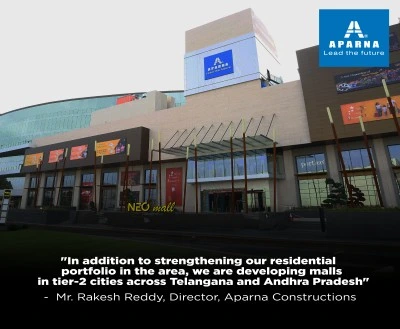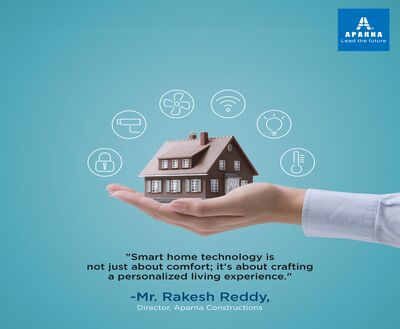Director , Featured Article on TYCOONS- Construction & Architecture
All stakeholders place a high premium on decarbonizing the real estate industry because of its influence on the entire world. When construction and building performance are taken into account, the real estate sector is responsible for around 50% of the world’s carbon dioxide emissions, therefore making the best use of resources offers several chances to cut emissions and slow climate change. Buildings that are both energy-efficient and low-carbon neutral are becoming more and more popular among developers.
The use of eco-friendly materials and incorporation of renewable energy sources into architectural design, such as solar power, waste management, and rainwater harvesting, are being encouraged by the decarbonization trend. To reduce carbon emissions, developers are giving top priority to optimizing a building’s architecture and layout. As a result, the buildings’ operating efficiency is increased, encouraging resource conservation and improving occupants’ general health.
The majority of carbon reduction initiatives in the real estate sector concentrate on operational effectiveness, such as energy sources for lighting, ventilating, and powering buildings while maintaining a comfortable temperature inside. Buildings can use as little energy as feasible because of this. While these initiatives help the industry get closer to its net-zero emissions target, we also need to address the inefficiency in construction materials, which is responsible for half of a structure’s lifetime carbon footprint.
Ethical building material procurement is a crucial concern for the real estate industry. Embodied carbon is made up of the emissions produced during the production, transportation, construction, and disposal of building materials along the whole value chain of the sector.
Our Director Mr.Rakesh Reddy further extended his thoughts on the same in the Monthly issue of TYCOONS- Construction & Architecture in its October-November 2022 issue. Read further by clicking the link below.







